Strategy
How to Craft a Messaging and Positioning Strategy for Your Brand
A strong brand messaging and positioning strategy makes it easy for your customers to pick your products and services as the best solution for their needs.
If I asked you to buy a chocolate chip cookie that I made, would you? Without additional information, probably not. What if I told you I exclusively use high-quality ingredients from local female or minority-owned farms? Or that I donate half of the money I make from each bake to the local hospice?
I’d bet you’d be much more likely to purchase after learning the latter—a purchase that I’d attribute to effective brand messaging on my part. To craft your own, you’ll need to get clear on your company’s target audience, value proposition, values, and mission.
What Makes Good Brand Messaging?
It’s a clear, simply stated framework for communicating why your product is the right purchase for your target customers. Without one, you risk your target audience not understanding you and will miss the opportunity to connect with them emotionally.
When you’re done, the framework you’ve built should include descriptions of those target audiences, your unique selling propositions (USPs), your value proposition, company values, one-liner, company description, messaging pillars, and boilerplate.
8 Critical Steps to Crafting a Good Brand Message
Your goal should be to create a pool of effective messages to choose from. Follow these eight steps to build your messaging arsenal.
1. Define your target audience
Define your target audience by talking to customers. If you don’t have any, talk to people you think might buy from you before selling them anything. Don’t assume you know exactly who wants your product. That’s the biggest mistake you can make. Even very educated guesses are often wrong.
You should spend as much time on this step as possible. These conversations will empower you to execute every following step well if you’re thorough. At this stage, you’re looking to create a document with data-driven personas, or detailed descriptions of your target audience, in three steps:
- Survey your current customer base, or get on Zoom and talk to as many of them as you can. Find out why they bought your product, what they love about it, what they hate about it, and what they think of your competitors.
- Analyze your first-party data on current customers to discover information about location, cost preferences, demographic information, industry, and more. Look for large groups of data that signal a pattern amongst people who buy from you. Make assumptions from the data. Test those assumptions via that survey to your current customer base.
- Draft personas that include made-up names, company titles, demographics, and a summary of the problems that person faces and how you solve them.
If you do this correctly, you should end up with more than one persona—usually three to five. The more specific you are, the more targeted you can be with your marketing strategy.
2. Create a list of feature selling points
During those interviews, you should have spoken to customers about your competitors. Include anything positive they have to say in a list of competitor selling points. Ideally, you want to talk to some people who actually made purchases from them, if possible.
Do some of your own research to document a list of competitor messages from their website, emails, social media channels, digital ads, and products and services. Organize your list in a table with personas in one column and related selling points in another.
3. Conduct a features, advantages, and benefits (FAB) analysis
You created your list of competitor selling points first because you need to understand which of yours are unique. Start by making a complete list of your own based on your customer interviews.
Use the same format as your competitor list and organize your selling points by persona. Put them side-by-side in a spreadsheet with your competitor USPs to cross-reference and find the unique ones. Collect those in a different tab in the same spreadsheet.
We’re not insinuating that you won’t use your full list of selling points, but good positioning comes from what makes you unique. These should be the first messages out of the gate when a potential customer discovers your brand for the first time.
4. Craft your value proposition
You’re valuable to your target audience because of what makes you unique. A value proposition is simply written text that communicates your value using your USPs as a foundation.
Lean into the emotional benefits of working with your brand, too. A word of caution, though—your value proposition shouldn’t just include a list of unique products, features, or services.
You should aim for a few paragraphs of text at the most. Describe the people you help, their problems, and why you’re the best solution. Create a different value proposition for each persona—the emotional benefits of purchasing from you are likely different for each, and the way you position your products to each of them will differ.
5. List your company’s values
People like to buy from people who share their values. These days, 82% of buyers look for companies that align with their values over competing brands. Defining yours will require a round of internal interviews with the executive team, the human resources department, and relevant members of management.
Ask questions like:
- Is diversity something you champion?
- Is ethical manufacturing a priority?
- Is your environmental impact a priority?
- How do you develop employees?
Write a company mission statement based on your findings. This can be anywhere from a single sentence to a full article depending on how much you have to say. Length isn’t important—the goal is to build a strong emotional connection as succinctly as possible.
Bombas does this well by quickly describing their efforts to get more socks on homeless feet.
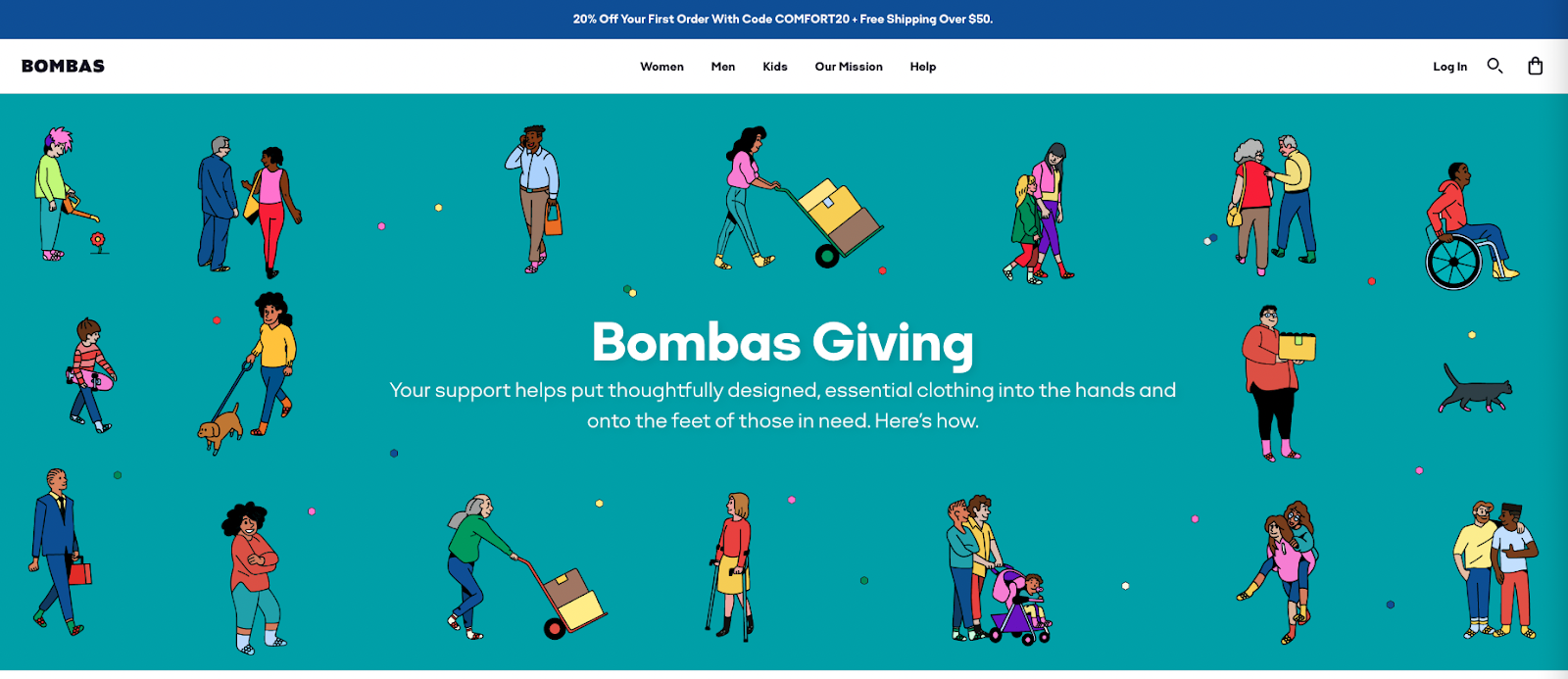
The Skimm is specific about the audience they’re looking to reach in their mission statement—they focus on educating women.
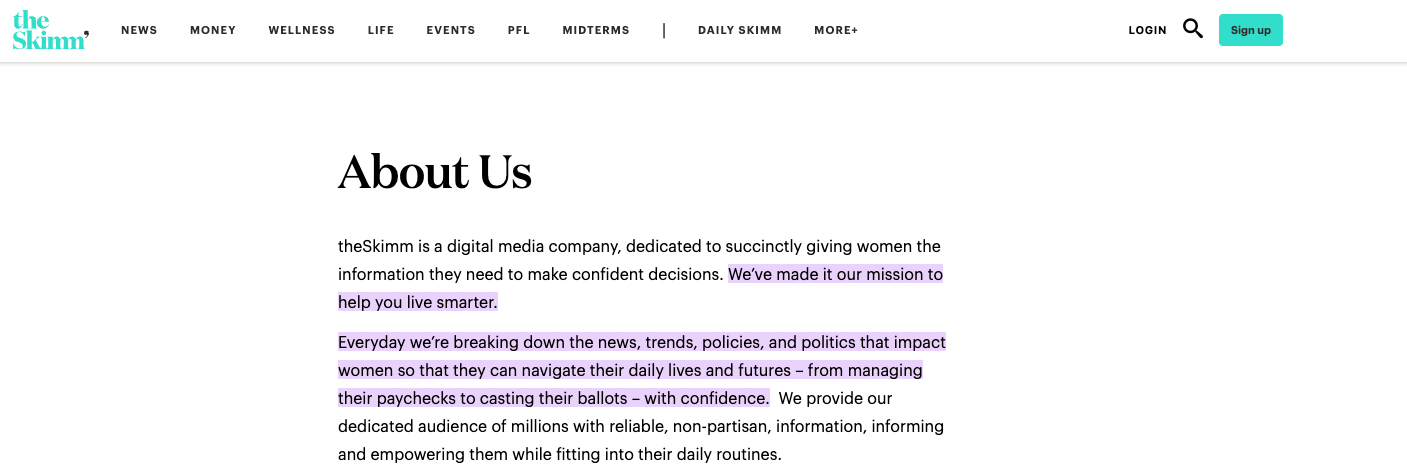
The mission statement of NYU is lengthy but has to cover a collective mission for a university with a very diverse student body and curriculum. Their mission is to be one of the best in their field.
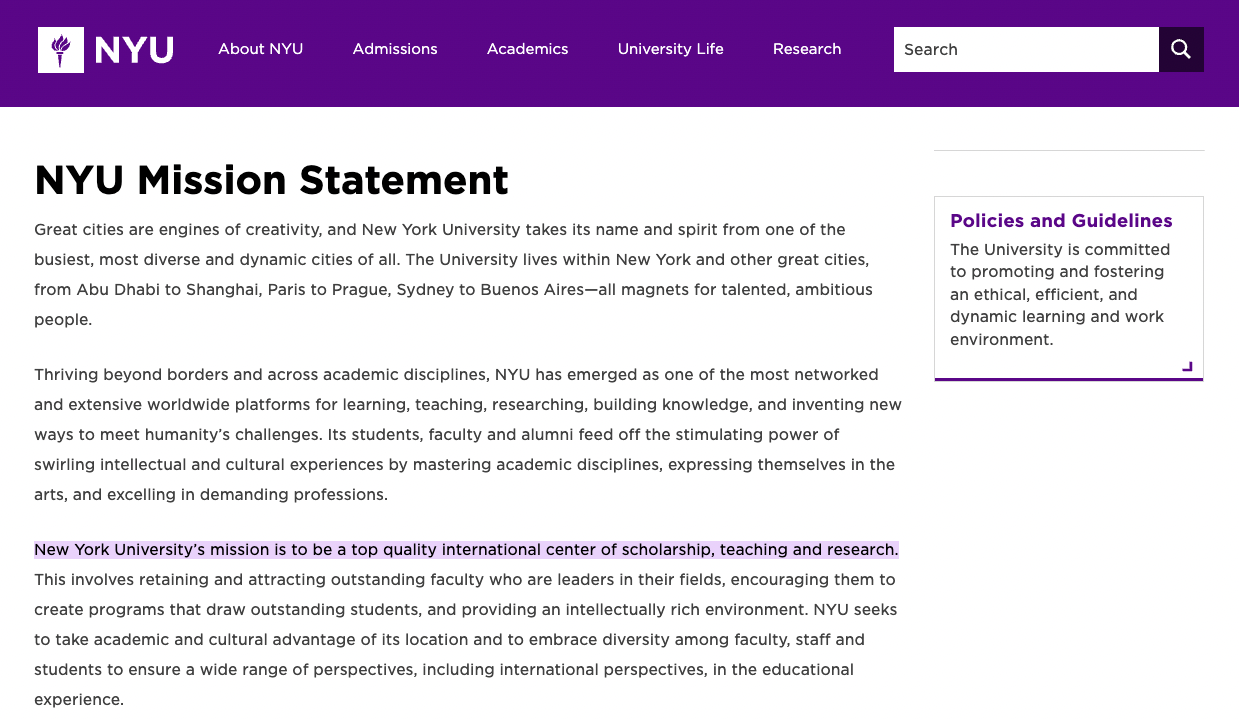
6. Write your one-liner
At this point, you’re ready to tackle your one-liner, a snappy phrase or sentence that covers your most important USPs and value proposition all in one go.
These are most often used on the homepage of your company’s websites but are often repurposed in content and ads, too.
A good one-liner will get an emotional reaction, like Stripe, which draws people in who want to be considered ambitious.
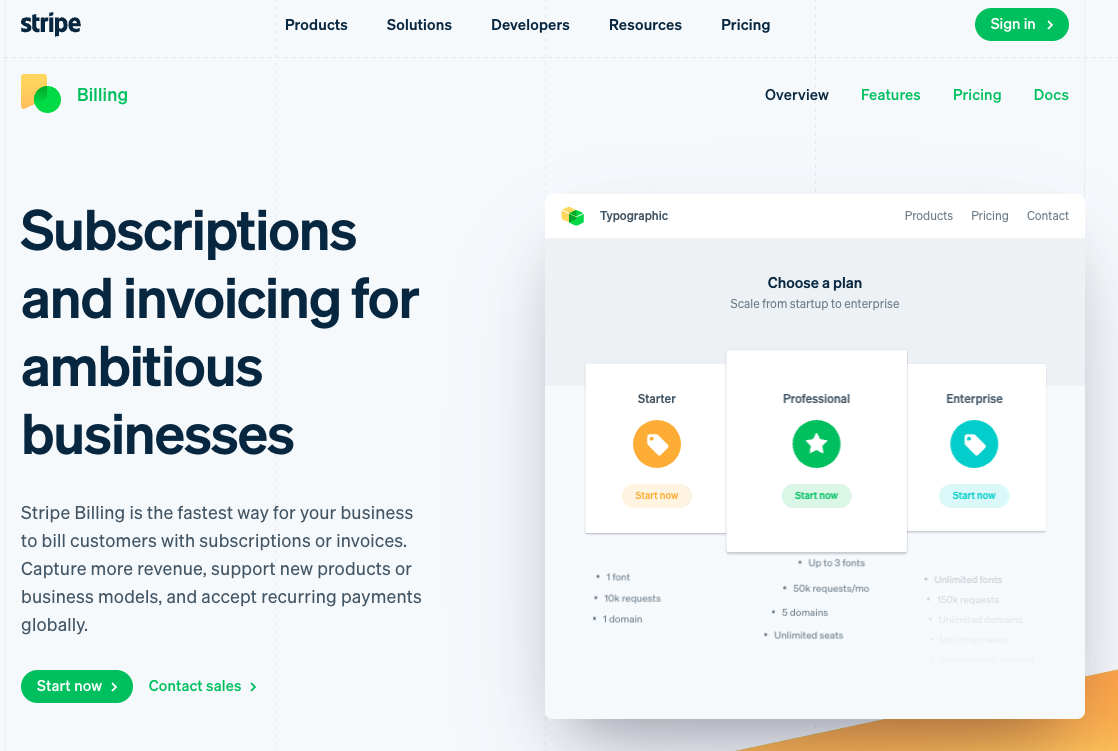
Others effectively describe what makes them different from competitors, like Bumble, whose tagline focuses on their mission to put women in control of dating.
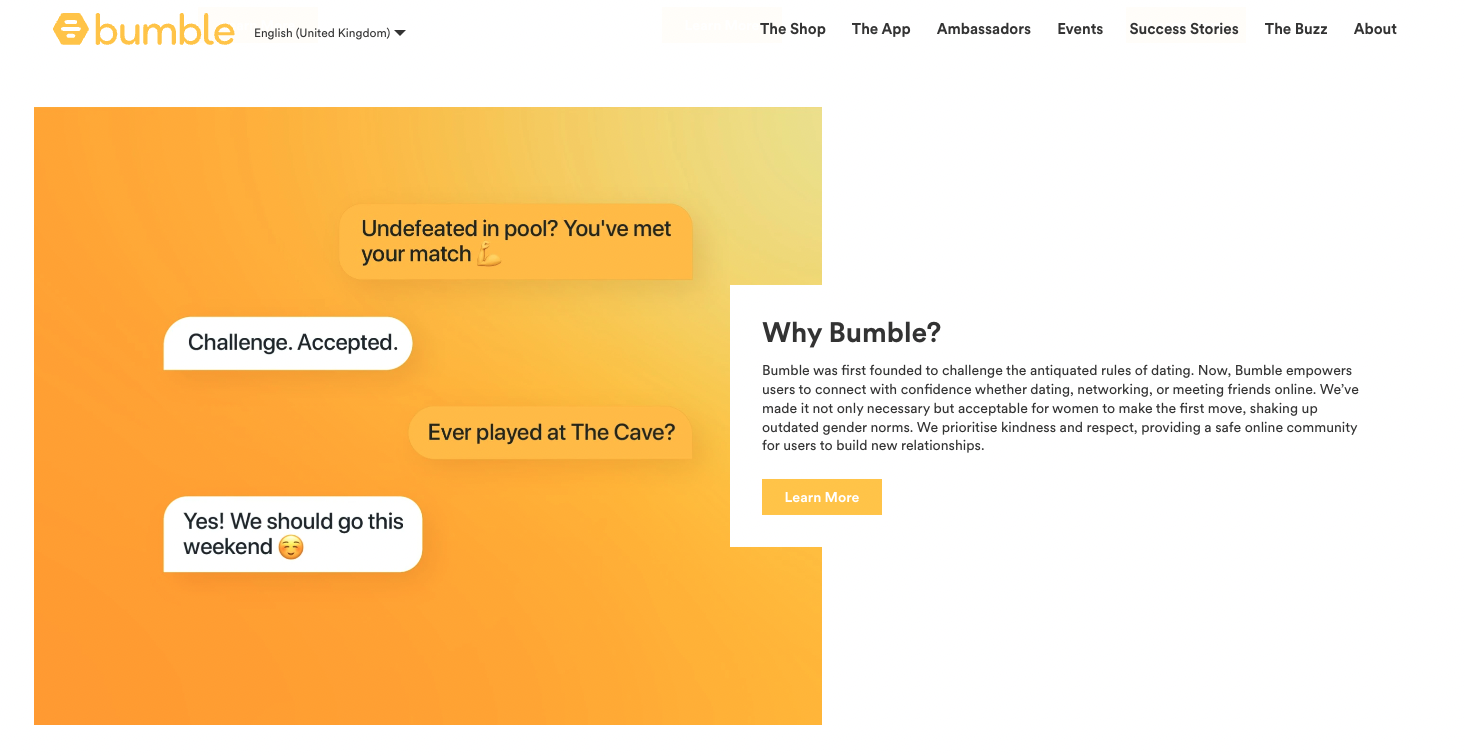
7. Pick your brand messaging pillars
Use your USPs, value proposition, mission statement, and tagline to draft brand messaging pillars, which may become website sections or blog categories, and help you define your marketing strategy.
Contently works with its customers to define messaging pillars and create a content strategy that aligns with them.
8. Draft a company description and boilerplate
Last but not least, you’ll want to write a paragraph or two that describes your company. It’ll act as an informational summary and boilerplate for the media. This answers the question: “What is your company?”
You can keep it short and sweet, like Live Nation, which simply lists their owned properties and tagline.

You could also view your company description as an opportunity to show off your personality, like Popbar, whose boilerplate leans into their values.
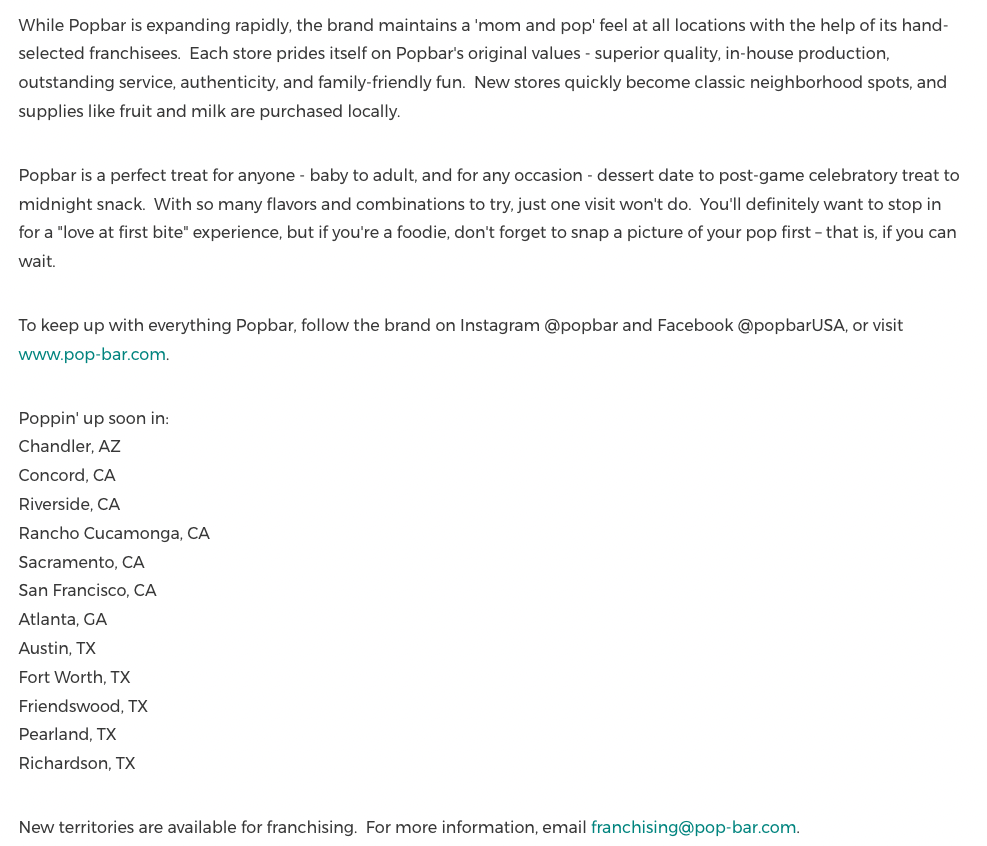
Many company descriptions are informational, like Apple, which is a list of products, services, and company data.

Use Your Brand Messaging to Impact Revenue
You should walk away from this exercise with a document that includes all the elements listed here. Include it in your brand guidelines, and actively introduce your messaging to marketing and sales teams. Frequently bring it up in meetings to help brainstorm ideas until you see other team members using it regularly.
Consider this a living, breathing document that needs to be measured by impact on revenue and revised if it’s not working well. Measure your impact using regular feedback from your sales team, customer surveys, and results from your marketing campaigns. Your brand message will evolve with your customers’ needs, and you’d be remiss in keeping your brand message stagnant.
Reach out for a Contently demo to learn more about how our analytics tools can help you measure the effectiveness of your brand messaging pillars.
Image by bakhtiar_zeinGet better at your job right now.
Read our monthly newsletter to master content marketing. It’s made for marketers, creators, and everyone in between.




